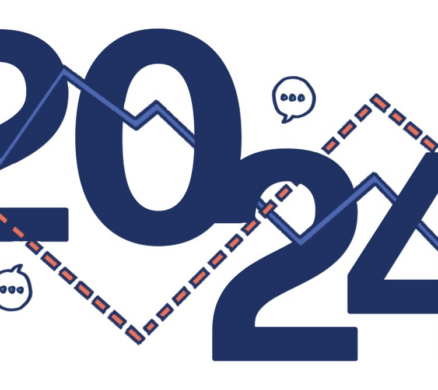
If you have multilingual employees or customers here in the United States and abroad, then it’s likely you’ve had to consider communicating to a multilingual audience. Unfortunately, too often, translating a communication or collateral piece gets overlooked — or it’s an afterthought and then not done well.
Translating your communications enables you to connect with audiences in a more personal way — in their own languages. People want to hear and read content in their native tongues. So, if you’re wanting to strengthen your relationships at the local level or with a specific audience, then translating should be an integral part of your strategy.
A great example of this is Scannell Properties, a Westcomm client in the real estate development sector. With a growing footprint in various European countries, Scannell wanted to deepen those relationships and show it truly was a global company. As a result, we worked with Scannell to highlight European projects on its website in both English and the native language. For example, a German project is presented in German and English, an Italian project in both Italian and English (example) and so on.
At Westcomm, we are NOT translation experts — but we’ve made it a point to find good partners who are. As our world becomes smaller, the importance of translation is growing. Below are six tips we’ve learned along the way with the help of our partners:
Go for the real thing — not auto-translations.
Although auto-translation tools are handy, they don’t hold a candle to human translators. Online tools don’t capture linguistic nuances, regional dialects, cultural sensitives, and the list goes on. If you are truly going after a diverse audience, make a good first impression with a translation that you’re confident takes all these critical components into consideration.
Check your translations with local sources.
We found a translation partner who produces spot-on work, but we still double check it with a local source. For a large global manufacturer, we translate monthly internal communications into 23 languages. We check our translations with an employee in each respective country before distributing — it’s secondary assurance that we’ve tested our messages before disseminating broadly.
Think about cultural context and how it might work (or not work) in translation.
Keep slang, metaphors or pop culture references to a minimum — they don’t work universally. If you do opt to use them, be sure they will appeal to and be understood by your audience. (For reading fun: 10 well-known companies that made international marketing translation mistakes)
Leverage the universal language: design.
Graphics (even emojis!), photography and video are great ways to communicate across cultures — but again, if text is part of that, consider captions in the respective language. (Music is another universal language.)
Think about text length.
English is a succinct language, but romance languages — Spanish, Portuguese or French — have longer words and sentences and, consequently, take more space. There are also languages that read right-to-left. All this impacts design, so text should be concise and carefully composed.
Consider your color choices, too.
This can be a tricky thing to navigate as well. Color evokes emotion, so be careful what you choose for dominant brand color. For example, in some countries, purple is the color of royalty or privilege; whereas in others, it signifies sorrow. Do your research to make sure you avoid a color catastrophe.
As your business grows and your clients become more global, developing multilingual communications may become a new priority. Be strategic, and your clients will know the value you are placing in them.





